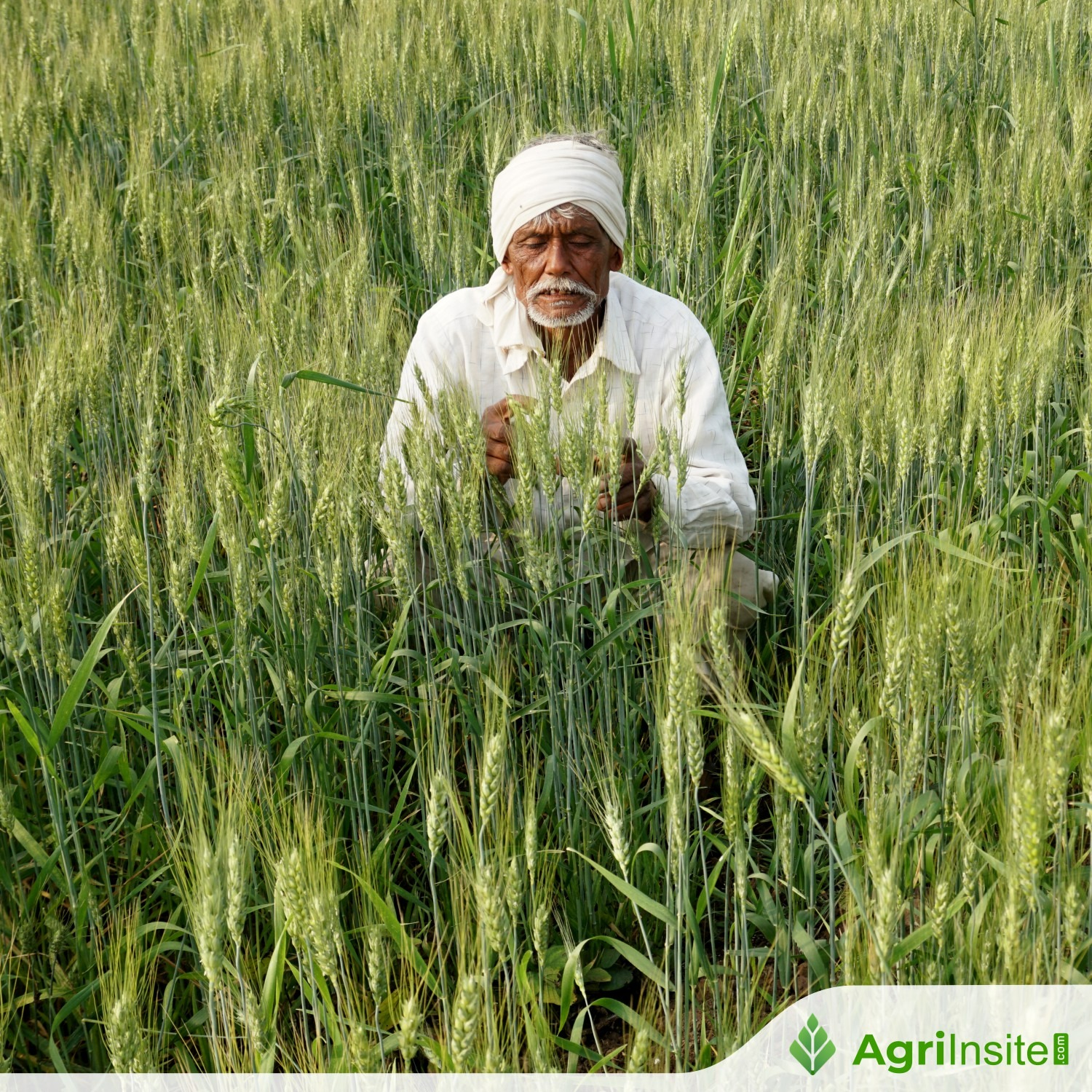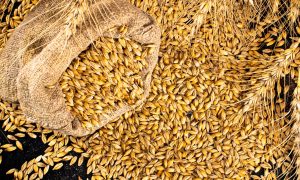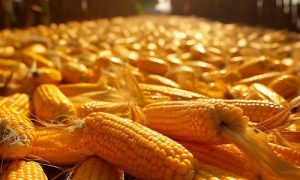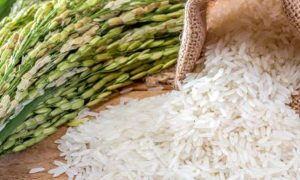Bangladesh : Fall in real prices of rice benefits consumers, hurts farmers

Real rice prices in South Asia fell from 2010 to 2020, benefiting consumers but hurting producers’ incomes due to low yields and higher input costs. However, prices increased significantly post-2020, with 2024 prices 18% higher than in 2020. Researchers suggested reducing rice import tariffs to reduce price instability in Bangladesh. Private sector imports have helped stabilize domestic prices in the country. Despite rising agricultural production, Bangladesh faces slower growth in crop diversification and a significant yield gap.
Real prices of rice have fallen in the decade from 2010 to 2020, benefiting consumers but generating lower real incomes for producers, according to a paper presented at an event in Dhaka yesterday.
However, real prices of the staple food climbed in the years following the turn of the decade.
Real prices are those which have been adjusted for inflation and other market factors, as opposed to nominal prices, the current value of a good without accounting for such factors.
For example, real prices of the grain were 35 percent higher in 2021 compared to prices in January 2020.
The real prices had soared to 18 percent higher in 2024 compared to January 2020, Paul Dorosh, a senior research fellow at the International Food Policy Research Institute (IFPRI), said while presenting a paper on food price policy in South Asia at a conference in Dhaka.
The Bangladesh Institute of Development Studies (BIDS) organised the four-day event at the Lakeshore Hotel in the capital’s Gulshan.
Other than falling prices, other factors influencing the real incomes of rice farmers include low yields and higher input costs.
Echoing those sentiments, Nicholas Minot, another senior research fellow at the IFPRI, said nominal prices are rising.
He said rice prices in Bangladesh tend to rise and fall over a period of one to three years, adding that elimination or reduction in the rice import tariff may reduce price instability at little cost in terms of revenue for farmers.
“Reducing the rice import tariff will reduce price instability while higher tariff increases price instability,” Minot said.
The researchers made the comments at a time when the country is reeling from elevated inflation, especially food inflation.
In November, the government cut the import duty on rice to bring down the cost and encourage trade.
Dorosh also elaborated on the rice stock scenario in South Asian countries. “Although Bangladesh, India and Pakistan all hold public stocks of rice, only India consistently intervenes in its domestic rice market,” he said.
India maintains the largest rice stocks in South Asia while Pakistan has significant wheat stocks.
The wholesale prices of rice in Dhaka were close to import parity levels in 2018 and from 2021 to mid-2023, making private imports profitable in these periods, according to Dorosh.
For most of the 2018 to 2024 period, however, domestic prices of rice were higher than imported parity prices, making private imports unprofitable.
Private sector rice imports, including imports from India in some years, helped stabilise domestic rice prices in Bangladesh, Dorosh added.
“Since the mid-1990s, private sector imports of rice (mainly from India) have prevented large spikes in Bangladesh rice prices,” he said.
At a public lecture, Prof MA Sattar Mandal said that although the total agricultural production is increasing in Bangladesh, the growth rate is decelerating very fast.
“And there has been low diversification. Rice is still the dominant crop. In terms of numbers, we have over hundreds of crops grown in Bangladesh. But that is a misleading proxy.”
In reality, Bangladesh is contending with lower crop diversification and a huge yield gap, he said.
Shahidur Rashid, director of the South Asia Region at IFPRI, chaired the session.
To read more about Rice News continue reading Agriinsite.com
Source : The Daily Star














